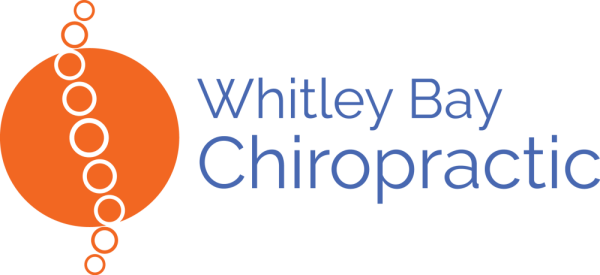Active Release Techniques for Plantar Fasciitis / Heel Pain
What to know about Plantar Fasciopathy (PF).:
- Seated stretches can help.
- Standing exercises with the toes extended are advised.
- Research shows soft tissue hands-on work like Myofascial Release and Active Release Techniques (ART) of the foot and calf is effective.
- Mobilizations of the foot joints often helps.
Recent research on soft tissue treatments for heel pain has been good news to those looking for a solution.
Studies in 2014 and 2007 found myofascial release of the calf and plantar fascia more effective than just conventional therapy Active Release Techniques (ART) is the worlds’ leading myofascial release technique. The technique involves a therapist putting pressure on a muscle on the bottom of the foot with fingers, the patient moves the muscle slowly out from under the therapist’s fingers. The treatment hurts a bit, but only in a way that makes the patient know it is working. Find an ART provider near you .
Testimonial from my patient Brenda who had one of the worst cases of PF I’ve seen.
Does prolonged standing cause PF?
Maybe! A 2015 review of the literature of the topic found, “low-quality evidence of an association between PF and weight-bearing tasks such as walking and standing on hard surfaces”.
It is better to do strengthening exercises rather than just stretching the calf and foot.
Until recently stretching was considered the best way to help get rid of heel pain. A 2014 study found that a calf lowering exercise (adding weight to a backpack as the condition got better) (video) to be better than specific plantar fascia stretches. Check out the study for pictures. I recommend an exercise similar to the video first, before progressing to the calf lowering.
Many therapists only target the deep calf muscle, which is usually not the culprit.
Treatment and stretching exercises should focus on the outer calf muscle (the gastrocnemius) in isolation, and in combination with the deeper soleus. A 2011 study found that the gastrocnemius is tight in 57% of plantar fasciitis cases, the gastroc /soleus in 26%, and 17% had normal ROM. ART of the calf is often important in resolving heel pain, a 2014 study found deep calf massage helped reduce heel pain symptoms. Take away message, treat the gastroc with ART, foam roll it and do some stretching after.
The best stretching program and foam rolling.
A non-standing stretching program may be more effective than standing calf stretches. An at-home frequent seated stretch is worth trying for those with heel pain.
Foam rolling before static stretching has been shown to work best to loosen the hip, try foam rolling of the calves, followed by some traditional static (20 to 30 seconds without moving). The beginning of this video shows you how to foam roll the calves.
Follow me on Twitter Manual Therapy UK
You may also like articles I’ve written or contributed to:
Telegraph Active Release Techniques for injuries
STACK New Age of Golf Training is Creating Stronger and More Athletic Golfers
Athletics Weekly Performance Therapy for Greg Rutherford
220 Triathlon Sports massage and ART differences
Vigour Magazine Sports Performance
Progenex ART for CrossFitters
FIT Institute Research based hamstring therapies
Titleist Performance Institute What Performance Therapy Looks Like For Top Golfers
Podcasts
Make an appointment at Whitley Bay Chiropractic 0191 251 9892.
For therapists: How to treat plantar fasciitis with myofascial release (Active Release), and high-load exercises.
